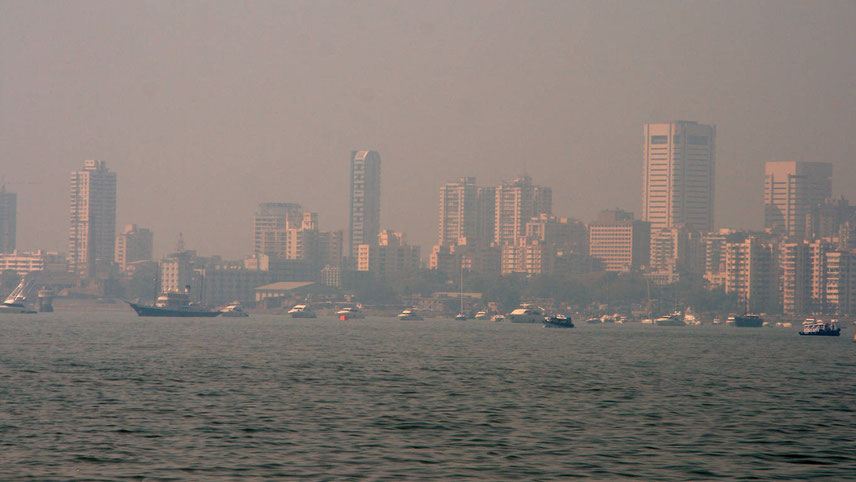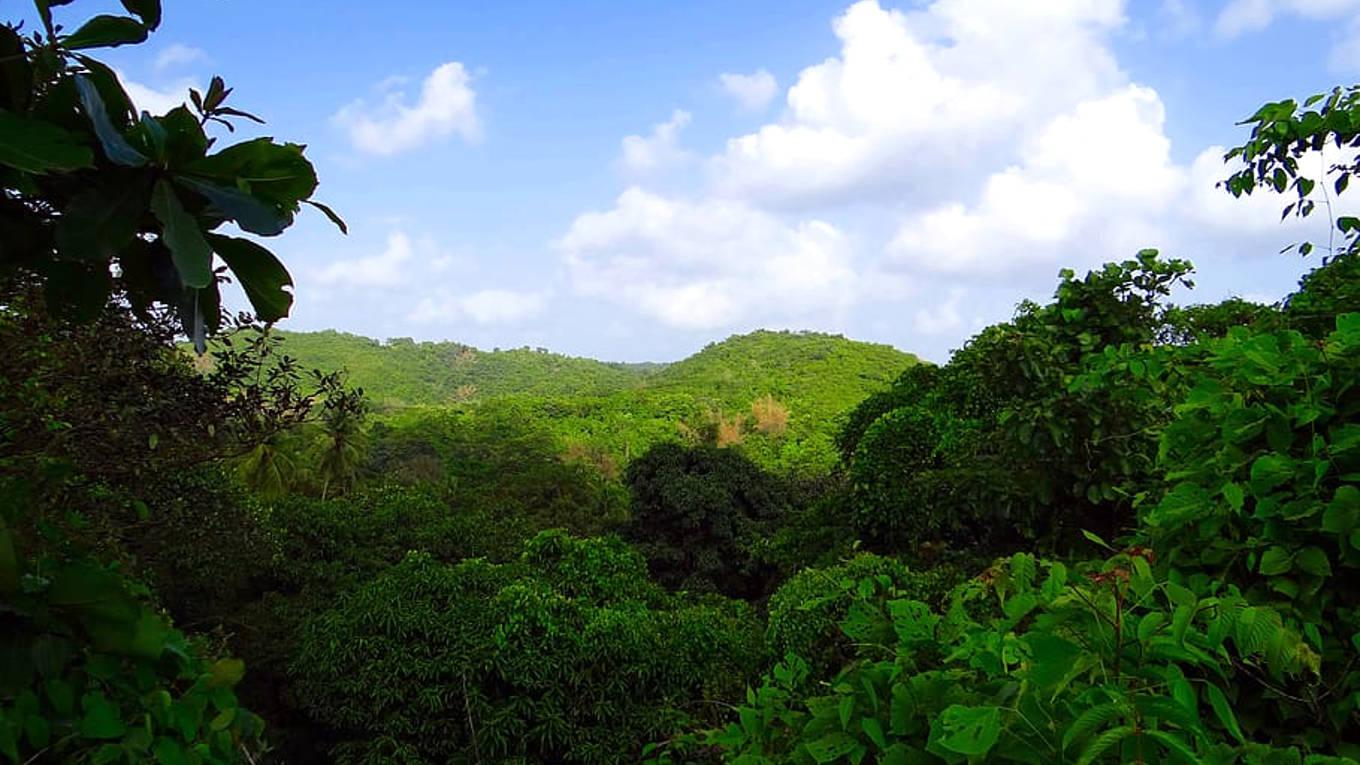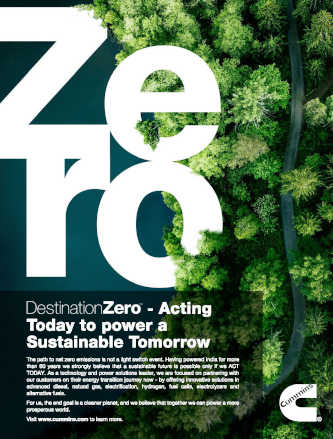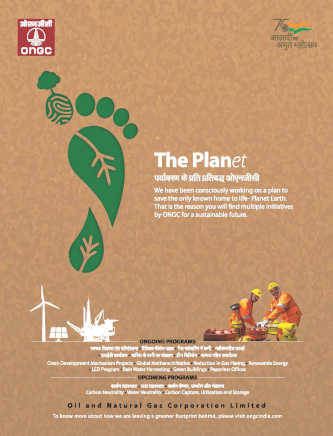-
Ecological economics captures the monetary significance of services and proposes mechanisms for their better management
Considering India’s vast range of ecosystems, their biodiversity and benefits thereof, and the primary and secondary dependence of its population on it, the nation needs to understand the transdisciplinary domain of ‘ecological economics’ and its significance with respect to the EIA.
To explain, the ecosystem services provided by different geo-ecological landscapes like the Himalayan region, Gangetic river basin, Western Ghats and coastal systems range from carbon sequestration, precipitation and temperature regulation of the region, water and soil provisioning, maintaining biodiversity and controlling spread of infectious diseases. Ecological economics captures the monetary significance of these services and proposes mechanisms for their better management.
Perceiving value
In 2017, the Intergovernmental Science-Policy Platform on Biodiversity and Ecosystem Services (IPBES) released a conceptual framework ‘Valuing nature’s contribution to people’ which focused on three inclusive elements in the interaction between human societies and the non-human world – nature, its benefit to people, and a good quality of life. The concept brought intrinsic, instrumental, and relational values to perceive our relationship with nature.
Its idea was to capture the value of nature from a multi-dimensional perspective considering the environmental, social and economic factors that drive policy narratives. It highlighted that it was imperative to engage multiple sources of knowledge (like indigenous insights, local comprehensions and knowhow, economic perceptions) and stakeholders (indigenous, forests and tribal communities, farmers and artisans, secondary beneficiaries like nearby township dwellers who often directly source supplies from forests, agricultural communities, and so on) to identify the human-nature interfaces.
-

File picture of smog accumulation in Mumbai. Source: Flickr.com
India’s cultural and bio-physical diversity requires such mechanisms to measure ecological damage and economic benefits in case of violations – EIA 2020 falls short of illustrating this significant requirement specifically.
To support climate commitments
Further, one of the key elements of India's Intended Nationally Determined Contribution (INDC) submitted to the United Nations Framework Convention on Climate Change (UNFCCC) is the creation of an additional carbon sink of 2.5 to 3 billion tonnes of CO2 equivalent through additional forest and tree cover by 2030.
To meet this target, our EIA calculus should appropriate necessary tools to facilitate cost-benefit analyses with regards to natural capital.
The Economics of Ecosystems and Biodiversity (TEEB), a global initiative focused on making “nature’s value visible”, advocated mainstreaming of measuring, monitoring and reporting natural capital with the help of dedicated mechanisms.
Applying the same rationale, Net Present Value (NPV), a charge for forest diversion was introduced after the Godavarman case, to provide funds for the Compensatory Afforestation Fund Management and Planning Authority (CAMPA) projects, based on estimates of the 2006 NPV committee. The rates were later adjusted and actualised by a Centrally Empowered Committee in January 2007, and revised significantly again in 2014 in a study commissioned by the Ministry of Environment, Forests and Climate (MoEFCC).
-
Linear infrastructures (roads, railway lines, etc.) affect forest fragmentation and hinder free movement of wildlife
For example, the NPV for the ‘tropical semi-evergreen very dense forests of the Eastern Deccan’ was estimated at Rs55.55 lakh/hectare, a 433 per cent jump from the 2007 estimates in this category. This report also introduced the concept of ‘possession value’ of forest land to reflect the additional amount over and above the NPV realisable for possession of forest lands, keeping in view its market value.
In 2017, the MoEFCC issued a directive to consider possession value of forest lands in cost-benefit analysis for projects involving forest diversion.
The pollution factor
Pollution is another factor that needs internalising as several sanctioned projects may have unforeseen consequences that stream through its lifecycle. The ecosystem services approach to damage assessment from say, an unintended oil spill or excessive unaccounted pollution from industries, would be necessary to impute various externalities in the assessment calculus. This detail of damage assessment through provisioning, regulating, cultural and supporting services is missing in EIA 2020’s processes and methods.
For example, in 2010, the Gulf of Mexico, a complex biodiverse area was affected severely by the Deepwater Horizon spill. Prior to the spill it was estimated that this area provided ecosystem services to the tune of $19.7 billion/year which included storm surge protection by coastal wetlands, habitat for migrating waterfowl, cycling of nutrients from river discharges, and the unique cultural heritage of coastal communities.
In India too, such crystal-clear damage assessment mechanisms should be considered in the EIA, so that the change in the quality and quantity of ecosystem services during a project’s lifecycle can be estimated along with the cost for regeneration. A recent study in India has shown that linear infrastructures (roads, railway lines, etc.) affect forest fragmentation and hinder free movement of wildlife. With proper planning, infrastructure could be developed with minimal impact on conservation goals.
Need for improved tools, mapping
Part of the difficulty in mapping India’s ecosystem services arises from the multiple uses of ecosystems and the lack of market linkage for it. Globally, there has been significant progress in ecosystem service science over the last decade, with a growing body of evidence-based literature affirming its importance in policy guidance.
Identifying tools to assess benefits of ecosystem services and biodiversity require a practical approach incorporating relevant indicators. The TEEB for business report (2010) calls for businesses to use an ecosystem services approach to figure out the impacts and dependencies of their actions on ecosystems and biodiversity, to design an appropriate risk assessment calculus. Emulating this structure in EIA would create cost deterrence against environmentally unsustainable practices. Such metrics can incorporate mechanisms to discourage recurrence of violations to the EIA, an insight that is currently missing in the draft notification.
Given that concepts like NPV and possession value are already prevalent in various policy documents, the recognition of quantifying ‘ecological damage’ in the EIA lexicon is a welcome development. However, a holistic valuation calculus of ecosystem services needs to be developed on accepted methods to ensure transparency and effectiveness.
*This column has been co-authored with Asi Guha and Elphin Tom Joe, interns at Economics Centre, World Resources Institute (WRI) India. Views are personal.


























